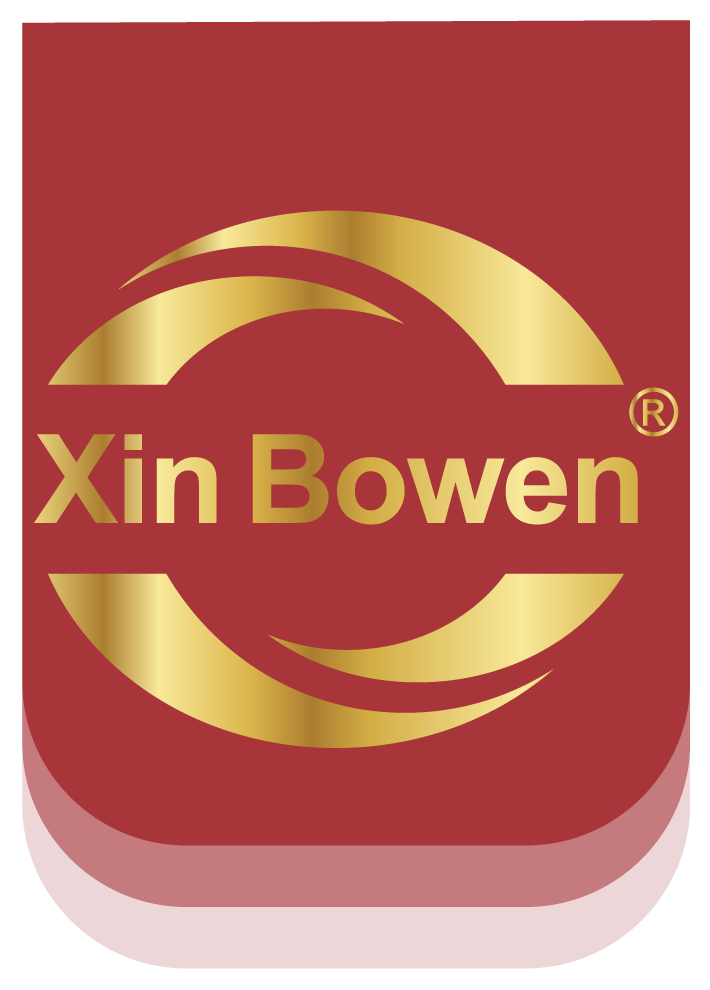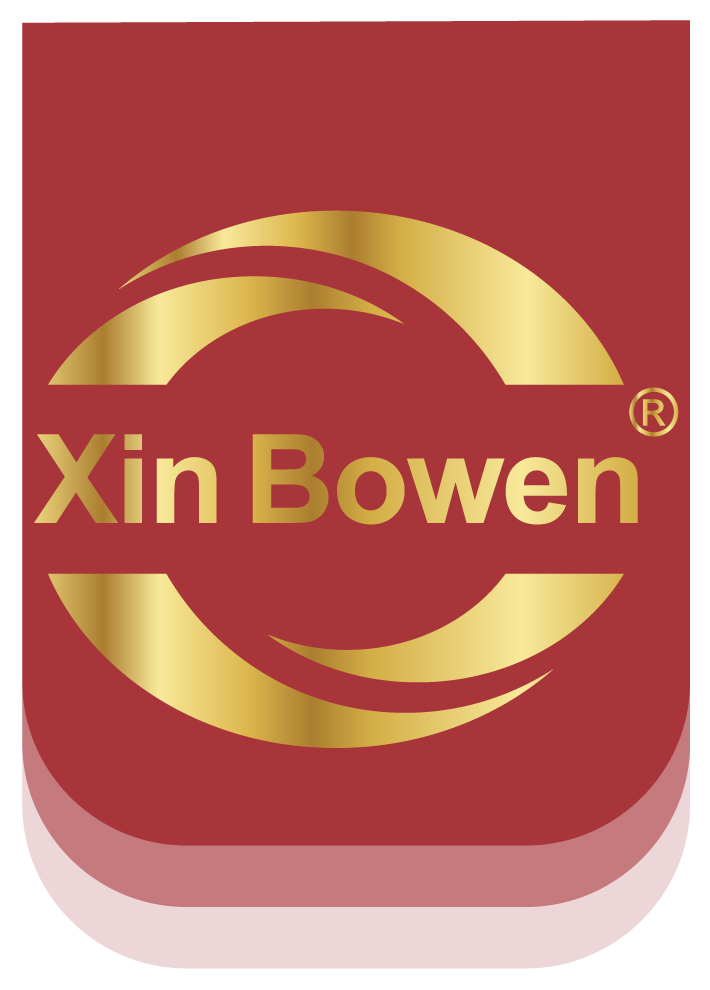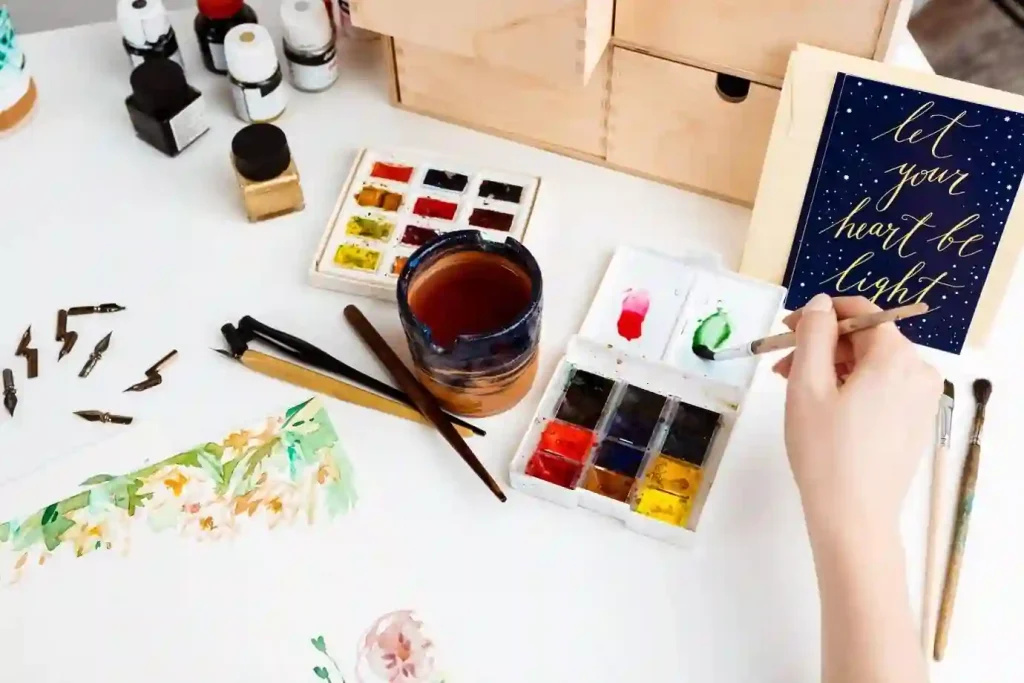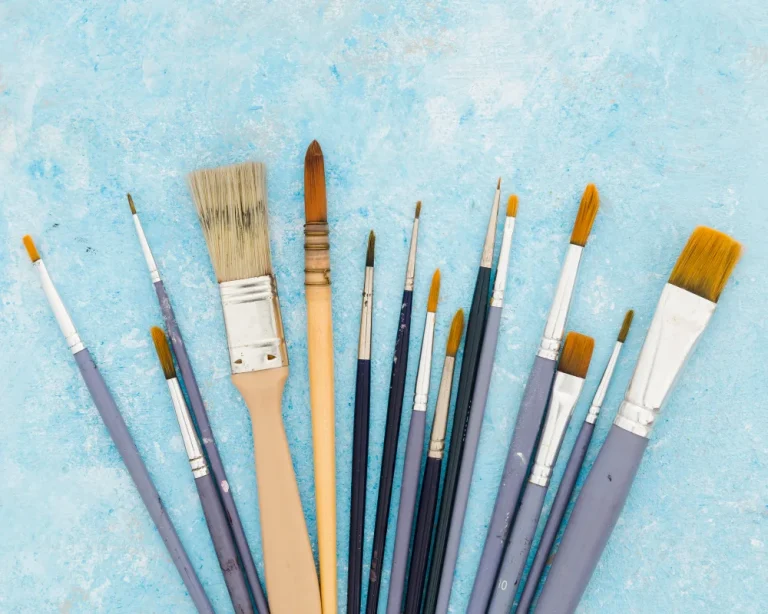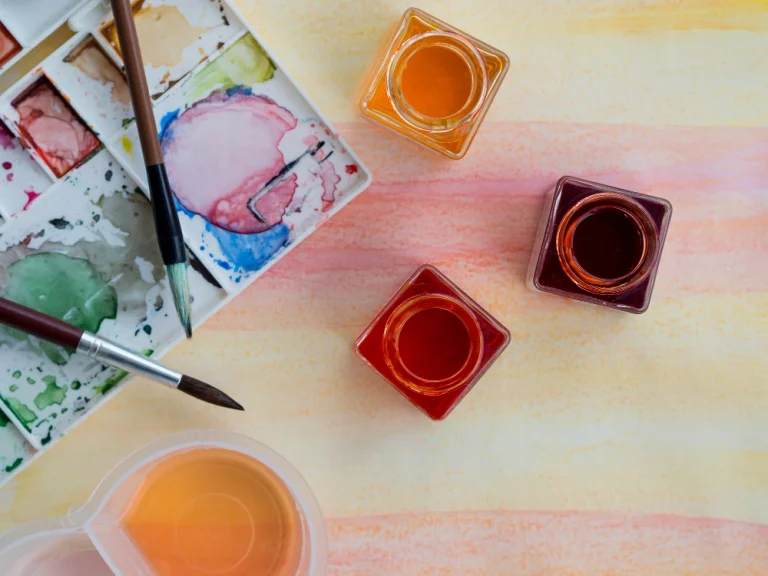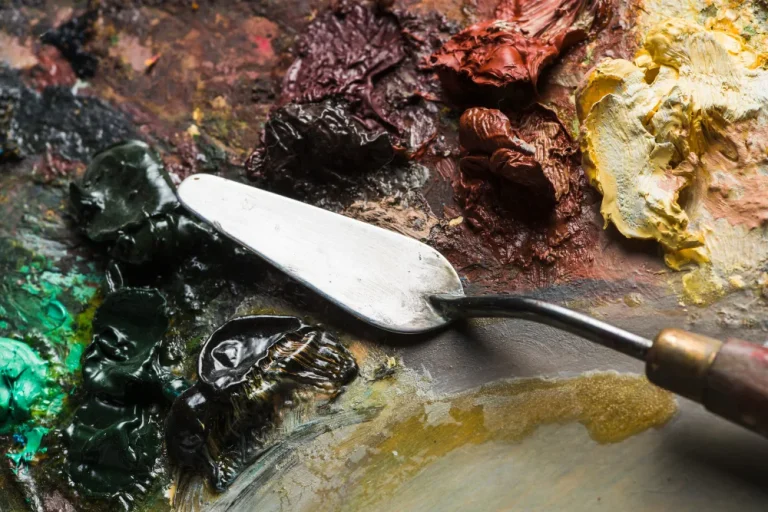1. Why Brush Selection Matters in Painting Techniques
1.1 The Relationship Between Brush Type and Painting Results
Picking the right paintbrush is a big deal. It shapes how your art turns out. Different brushes work their magic in unique ways. They affect texture, precision, and how paint spreads. For example, a stiff bristle makes bold, chunky strokes perfect for oils. A soft, spongy brush, though, is great for watercolor’s gentle washes.
At Xin Bowen, we get this inside out. Our brushes are sorted by material and skill level—beginner or master. This makes it easy to find your perfect match. Our beginner and master categories aren’t just talk. They’re built to industry standards for artists at any stage.
1.2 Common Mistakes When Choosing a Paint Brush
Lots of artists mess up here. Some use one brush for every medium. That’s a no-go. It leads to sloppy paint jobs or worn-out brushes. Another slip-up is picking brushes just for their price. Cheap doesn’t always mean good. Also, ignoring handle length or shape can make painting a pain. Comfort and control matter, especially for long sessions.
2. Key Factors to Consider When Choosing a Paint Brush
2.1 Bristle Material: Synthetic vs Natural
2.1.1 Xin Bowen’s Synthetic Bristle Options for Acrylics
Nylon brushes are the bomb for acrylics. They’re bouncy, soak up water well, and clean up easily. Acrylics dry fast, so you need bristles that stay tough yet bendy. Our Xin Bowen Pro Nylon Series is a star here. It’s a custom set made for acrylics and gouache. The nylon filaments hold their shape under heavy use. They’re bonded tightly to avoid shedding, giving a smooth paint flow every time.
2.1.2 Natural Hair Brushes for Oil and Watercolor
Natural hair brushes cost more, but they’re worth it for watercolors. They soak up pigment like a dream, creating smooth, dreamy effects. For oils, our Hog Hair Series brings the muscle. Its stiff boar bristles handle thick paints without losing shape.
Xin Bowen’s custom natural hair brushes, like those made from sable or goat hair, are a hit with watercolorists. They offer top-notch flow and absorption for delicate work.
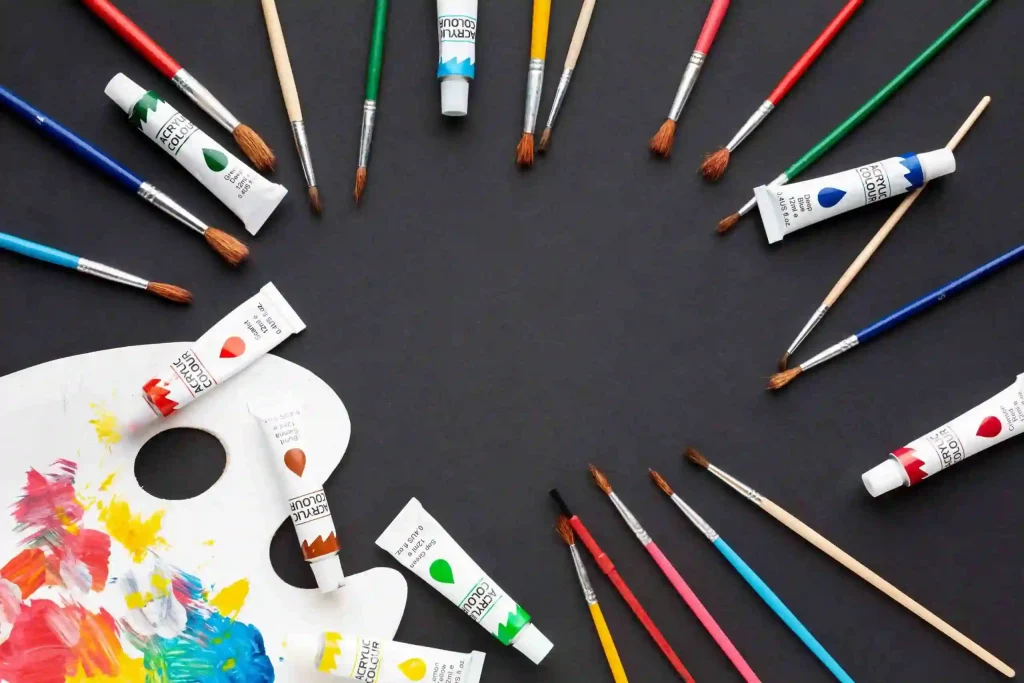
2.2 Brush Shape and Its Application
2.2.1 Flat, Round, Filbert, Fan – What Each One Does
Brush shapes are like tools in a toolbox. Flat brushes slap on broad strokes and fill big spaces. Round brushes nail tiny details. Filbert brushes smooth out edges like a pro. Fan brushes whip up textures, like grass or fluffy clouds.
2.2.2 Xin Bowen’s Precision-Cut Shapes for Detailed Work
Xin Bowen’s got a shape for every job. We use precision cutting to craft everything from super-fine tips to wide flats. Our brushes are high-quality, with tons of variety and plenty in stock.
2.3 Handle Length and Comfort
2.3.1 Short Handles for Control, Long Handles for Reach
Handle length changes the game. Short handles give you tight control for close-up work, like miniatures or detailing. Long handles let you reach further, great for easel painting or big canvases.
2.3.2 Ergonomic Handles Designed by Xin Bowen
Xin Bowen’s handles are made for comfort. Our ergonomic designs cut hand fatigue during long painting sessions. You can pick short or long handles based on what feels right.
3. Matching the Right Brush to the Right Medium
3.1 Brushes for Acrylic Painting Techniques
3.1.1 Fast-Drying Needs and Durable Bristles from Xin Bowen
Acrylic paint is a crowd favorite. It’s eco-friendly, safe, and dries quickly. This speed needs brushes that can keep up. Our Nylon Series is built for it. These brushes stay tough, never hardening or fraying, even after tons of use. They’re perfect for layering tricks like impasto or glazing.
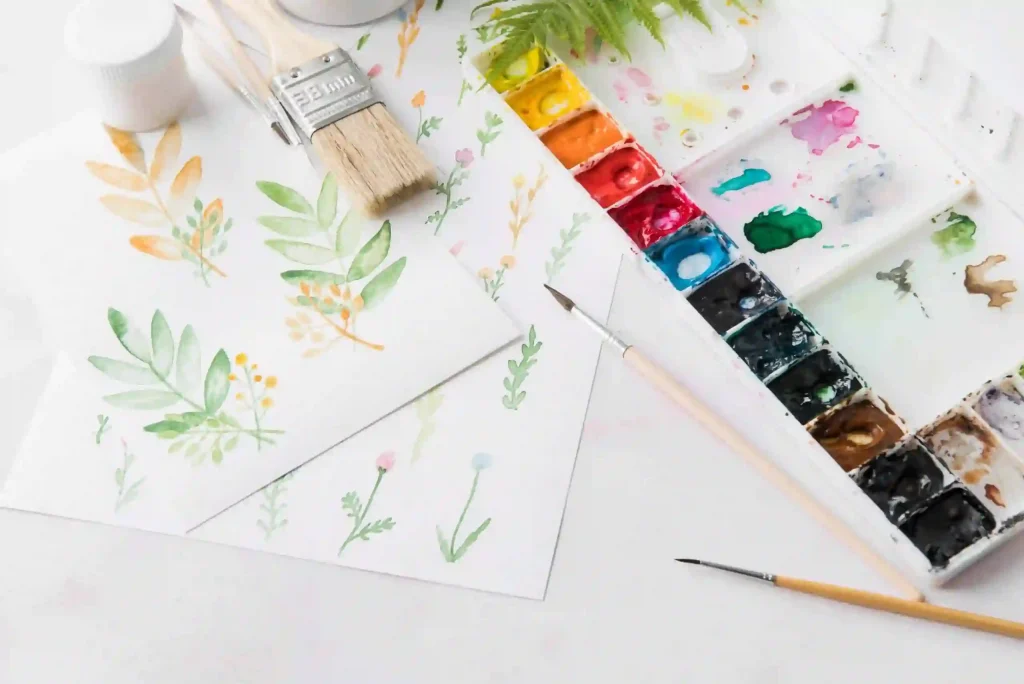
3.2 Brushes for Oil Painting Techniques
3.2.1 Retaining Shape with Heavy Pigments Using Our Hog Hair Series
Boar bristles are oil painting’s best friend. They handle thick, heavy pigments without losing their shape. Our Hog Hair Series has tightly packed bristles for steady strokes. It’s a custom set that keeps your oil work crisp and consistent.
3.3 Brushes for Watercolor Techniques
3.3.1 Soft Absorbent Tips for Smooth Washes by Xin Bowen
Watercolor needs soft, thirsty tips. Natural hair brushes are pros’ top pick for smooth gradients. Our brushes hold a ton of pigment, perfect for big washes or blending. You can customize the size to fit your style.
4. Recommended Xin Bowen Brushes Based on Technique Type
4.1 Blending and Glazing Techniques
4.1.1 Soft Filbert and Mop Brushes from Xin Bowen
Blending and glazing need a gentle touch. Xin Bowen’s brushes use soft synthetic blends. They glide smoothly, with no streaks, and work great for acrylics and oils.
4.2 Detail Work and Fine Lines
4.2.1 Ultra-Fine Round Brushes with Reinforced Tips
For tiny details or fine lines, our brushes’ firm, springy synthetic tips handle acrylics, watercolors, or gouache with ease. It’s built for precision that pops.
4.3 Large Area Coverage and Backgrounds
4.3.1 Wide Flat Brushes with Anti-Shedding Design
Covering big areas or priming canvases needs a solid brush. Our Wide Flat Brush has anti-shedding tech. It delivers clean strokes, no stray hairs, even after lots of washes.
5. Proper Care to Extend the Life of Your Brushes
5.1 Cleaning Methods by Medium Type (Oil, Acrylic, Watercolor)
Oil brushes need turpentine or special cleaners right after use. Oil paint dries slowly, letting you tweak details without wrecking the picture. Acrylic brushes need a quick rinse in warm water before the paint sets. It dries fast, so you can paint anytime, anywhere. Watercolor brushes are easy—just rinse with water since the paint dissolves fast.
5.2 Storage Tips to Maintain Shape and Performance
Reshape bristles after washing. Store them upright, bristles up, in a breezy spot. Don’t soak handles—it can loosen the ferrule over time. This keeps your brushes in top shape.
FAQ
Q: What type of paint brushes should I use for acrylic painting?
A: Go for synthetic nylon brushes like Xin Bowen’s Nylon Series. They’re tough, flexible, and perfect for acrylics’ quick-dry nature.
Q: Can I use one brush type across all mediums?
A: Not a great idea. Each medium acts differently. Pick specialized brushes, like boar bristles for oils or goat hair for watercolors, for best results.
Q: How do I clean my paint brushes after using oil paints?
A: Use turpentine or an oil-based cleaner right away. Don’t let oil paint dry on the brush—it’s a pain to clean once it hardens.
Q: Are natural hair brushes better than synthetic ones?
A: It depends. Natural hair rocks for watercolors due to its absorption. Synthetics, like nylon, are better for acrylics since they handle drying damage well.
Q: Does Xin Bowen offer custom-made paint brushes?
A: You bet! We tailor brushes by material (nylon or natural), handle (ergonomic, short, or long), and shape (round, flat, filbert). Our beginner and master categories make picking easy for any artist.
